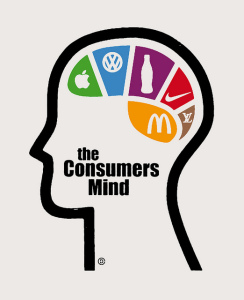Why explain how consumer behavior shapes the demand curve with respect to utility and loss?

Consumption Collage. All images by Chris Potter, CC-BY. Best Buy, Costco, Macy’s, Home Depot
As a student you may be interested in maximizing your grade point average (GPA) in order to qualify for scholarships, transfer to a different college or university, or even go to graduate school. In order to make your GPA as high as you can, which of the following two strategies should you choose?
- Spend equal amounts of time studying for each of your classes, or
- Study more for some classes and less for others
Generally, the answer is that you should be studying more for some classes and less for others. Why?
This module introduces the “biggest bang for the buck” principle, which is one of the key principles of microeconomics. This principle explains how to make the best choices you can in conditions of scarcity. For example, if you only have a few hours you can spend studying each day, how should you divide them up between your different classes?

The Consumer’s Mind by Christopher Dombres, CC-BY.
This module will also help you answer questions like:
- Why do people purchase more of something when its price falls?
- Why do people buy more goods and services when their budget increases?
In the first portion of this module, we will assume that consumers are economically rational – this is a key assumption of mainstream microeconomics. Toward the end of the module we relax this assumption as we consider an alternative approach called behavioral economics. Behavioral economics acknowledges that sometimes we don’t make the best choices.
LEARNING OUTCOMES
- Define the concept of utility and satisfaction
- Explain how consumers maximize total utility within a given income using the Utility Maximizing Rule
- Explain how consumer’s utility changes when income or prices change
- Describe the behavioral economics approach to understanding decision making